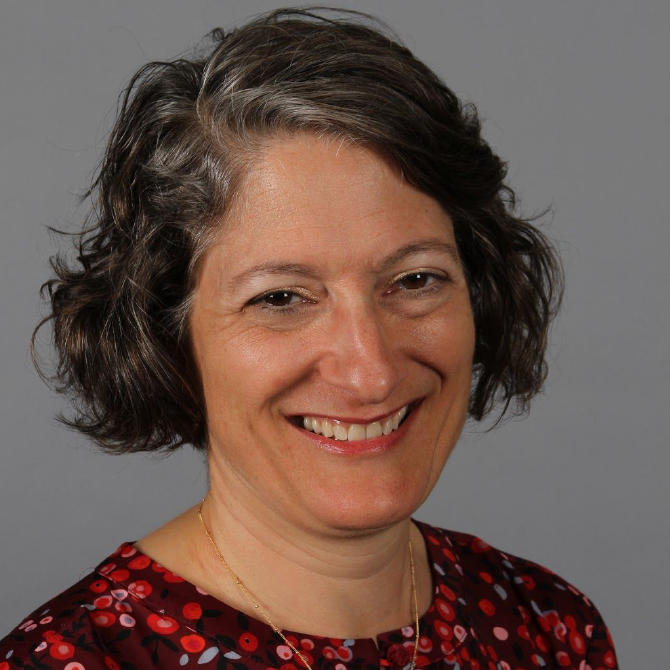 My journey to accessibility in the arts started more than 20 years ago, when I first moved to Seattle from the East Coast. While in Los Angeles on vacation, I went to see “Titanic,” which had just come out in movie theaters. For the first time, I used a captioning device that fit into the cup holder of my seat, allowing me to read the words being spoken onscreen. It was exhilarating: I was finally able to fully understand the dialogue on the big screen.
My journey to accessibility in the arts started more than 20 years ago, when I first moved to Seattle from the East Coast. While in Los Angeles on vacation, I went to see “Titanic,” which had just come out in movie theaters. For the first time, I used a captioning device that fit into the cup holder of my seat, allowing me to read the words being spoken onscreen. It was exhilarating: I was finally able to fully understand the dialogue on the big screen.
Elizabeth Ralston Archive
8 ways to make fundraising more accessible for people with disabilities
 In early 2019, I brought together a group of community members to form the Seattle Cultural Accessibility Consortium, which connects arts and cultural organizations to information and resources to improve accessibility for people of all abilities. We have several workshops per year on accessibility-related topics and help organizations with accessibility planning.
In early 2019, I brought together a group of community members to form the Seattle Cultural Accessibility Consortium, which connects arts and cultural organizations to information and resources to improve accessibility for people of all abilities. We have several workshops per year on accessibility-related topics and help organizations with accessibility planning.
